Google announced in late 2010 that for the past year, Californian drivers had been sharing the road with a secret self-driving car project. Many years and one death at the hands of rival Uber later, we can finally see 2009’s testing footage.


Google announced in late 2010 that for the past year, Californian drivers had been sharing the road with a secret self-driving car project. Many years and one death at the hands of rival Uber later, we can finally see 2009’s testing footage.
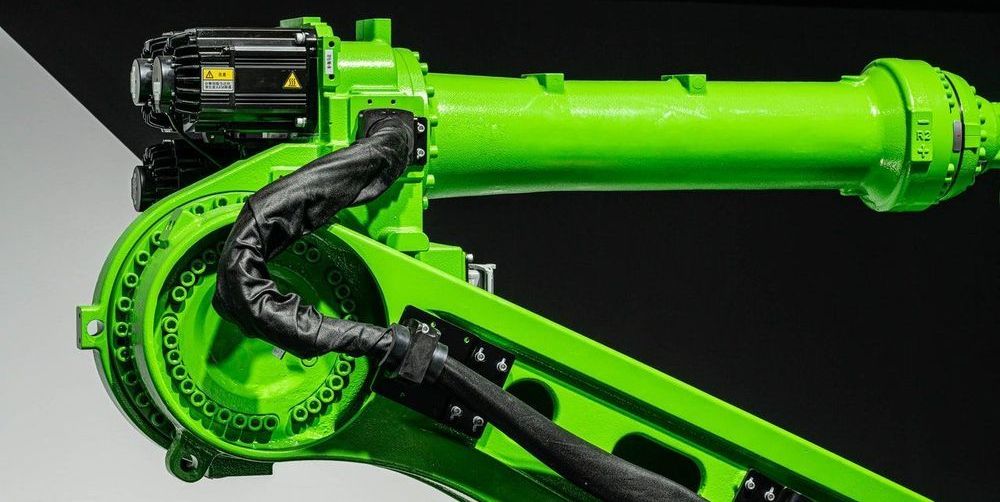
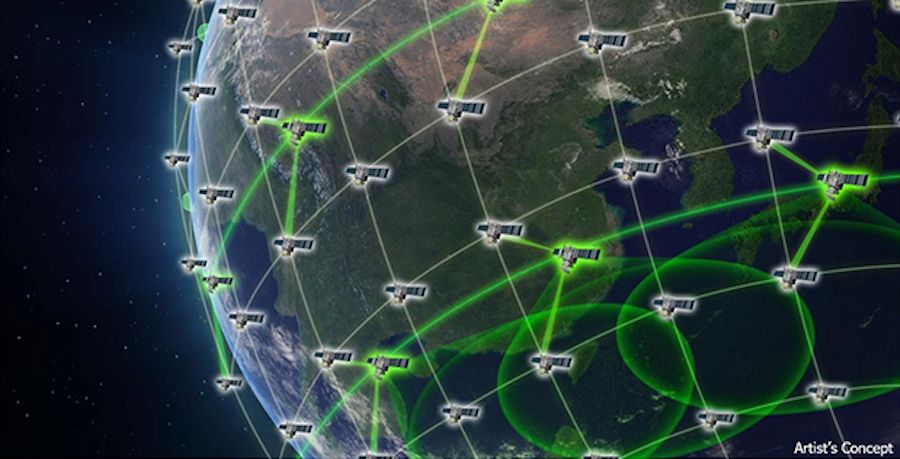
WASHINGTON — The Defense Advanced Research Projects Agency awarded Lockheed Martin a $5.8 million contract for satellite integration work for the Blackjack program, the company announced April 24.
Blackjack is a project to deploy a constellation of 20 satellites in low Earth orbit by 2022 and demonstrate that a LEO system can provide global high-speed communications.
Lockheed Martin will define and manage interfaces between Blackjack’s satellite buses, payloads and the so-called Pit Boss autonomous data processor. The work will be performed at the company’s satellite manufacturing plant in Sunnyvale, California.

— China revealed the name and logo for its first mission aimed at landing on the planet Mars to mark the 50th anniversary of its first satellite launch.
Celebrating the country’s Space Day on Friday (April 24), the China National Space Administration (CNSA) announced that its upcoming robotic mission to the Red Planet will be named “Tianwen-1.” The name, borrowed from an ancient Chinese verse by poet Qu Yuan, translates to “questions about the heavens.”
“In ‘Tianwen,’ Qu Yuan raised a series of questions in verse involving the sky, stars, natural phenomena, myths and the real world, showing his doubts about some traditional concepts and the spirit of seeking the truth,” reported the state-run Chinese news service Xinhua.
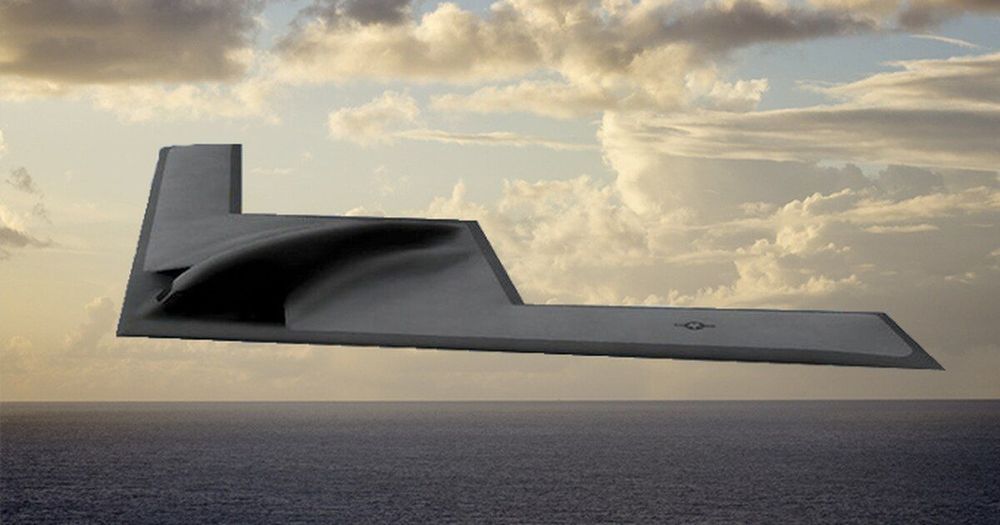
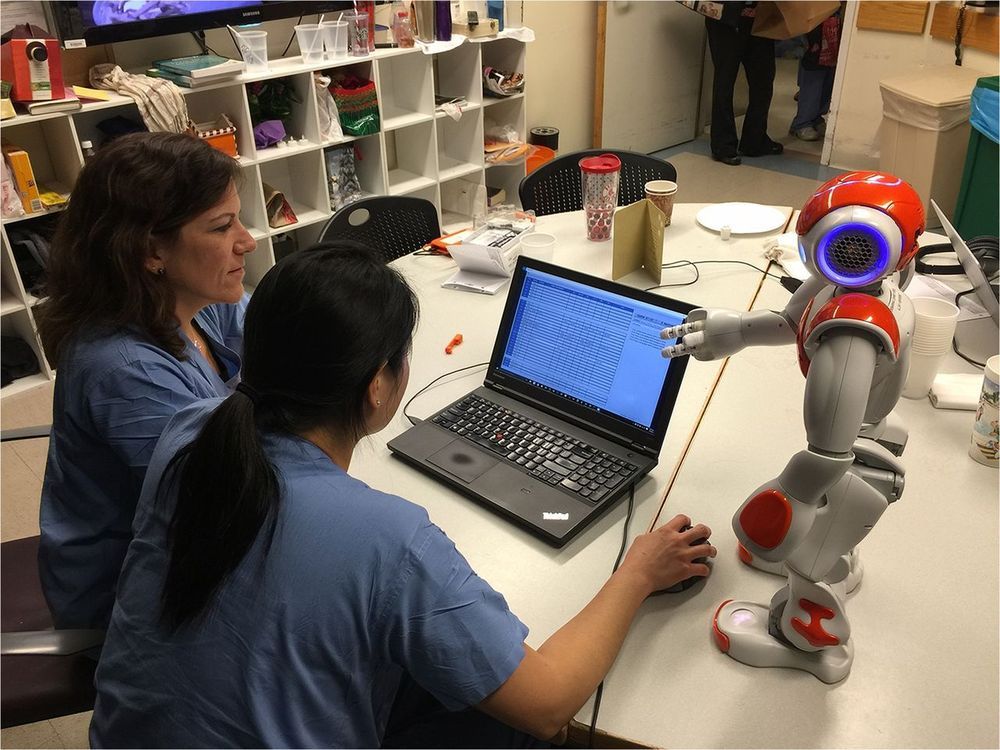
In every hospital labor and delivery department, a resource nurse decides which patients go to which room, which nurses care for which patients, and much more. “It’s a lot to keep in your head,” says Kristen Jerrier, a resource nurse in the labor and delivery department at Beth Israel Deaconess Medical Center in Boston.
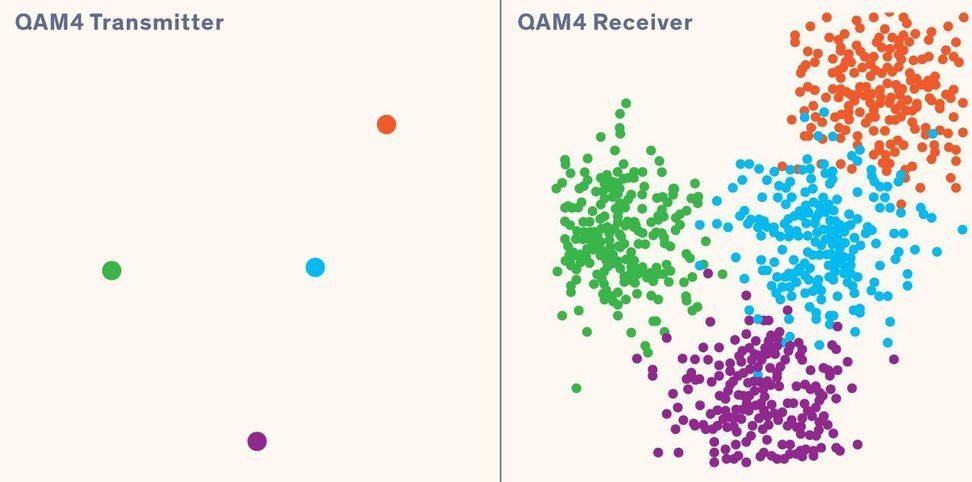
The era of telecommunications systems designed solely by humans is coming to an end. From here on, artificial intelligence will play a pivotal role in the design and operation of these systems. The reason is simple: rapidly escalating complexity.
Each new generation of communications system strives to improve coverage areas, bit rates, number of users, and power consumption. But at the same time, the engineering challenges grow more difficult. To keep innovating, engineers have to navigate an increasingly tangled web of technological trade-offs made during previous generations.
In telecommunications, a major source of complexity comes from what we’ll call impairments. Impairments include anything that deteriorates or otherwise interferes with a communications system’s ability to deliver information from point A to point B. Radio hardware itself, for example, impairs signals when it sends or receives them by adding noise. The paths, or channels, that signals travel over to reach their destinations also impair signals. This is true for a wired channel, where a nearby electrical line can cause nasty interference. It’s equally true for wireless channels, where, for example, signals bouncing off and around buildings in an urban area create a noisy, distortive environment.
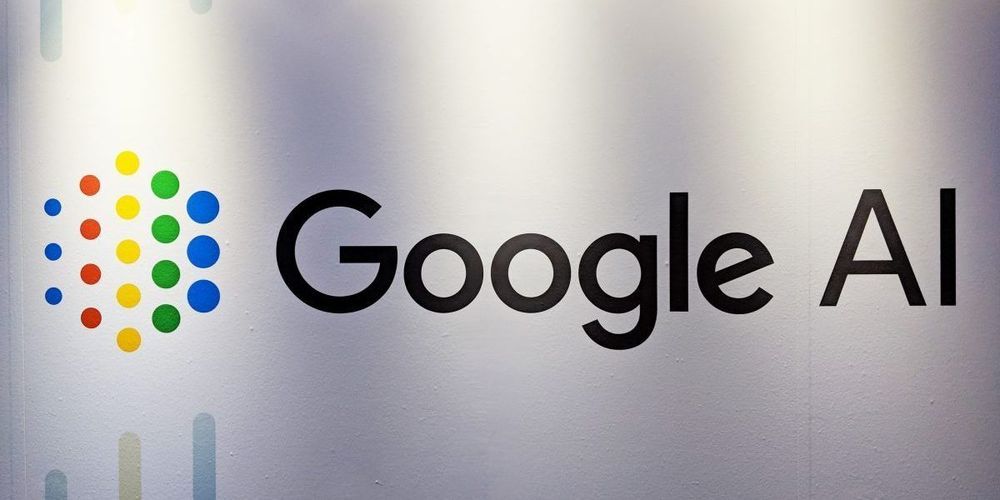
Boston Dynamic’s robotic dog Spot is helping healthcare workers treat coronavirus patents remotely. Spot is fitted with an iPad and two-way radio so both can communicate in real-time.

Elon Musk has unveiled plans to implant computer chips in people’s brains that the US billionaire says will treat brain diseases and enable superhuman intelligence.
Neuralink, a secretive company set up by Mr Musk two years ago, has said it plans to begin tests of its “brain-computer interface” technology on humans in the next year.
Mr Musk, 48, the chief executive of Tesla and SpaceX, said the technology will help “solve brain disorders of all kinds” and allow humans to merge with artificial intelligence.